Today in Aviation History: First Flight of the Convair YB-60
Vintage Aviation News
APRIL 18, 2025
The aircraft boasted a combat range of 2,920 miles and a service ceiling of 53,300 feet. Armed with two 20mm cannons in the tail and capable of carrying up to 72,000 pounds of bombs, the YB-60 had formidable firepower. These engines propelled the bomber to a top speed of 508 miles per hourfar faster than its piston-powered predecessor.

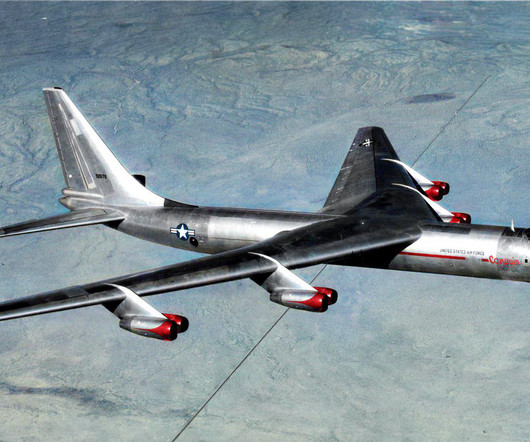
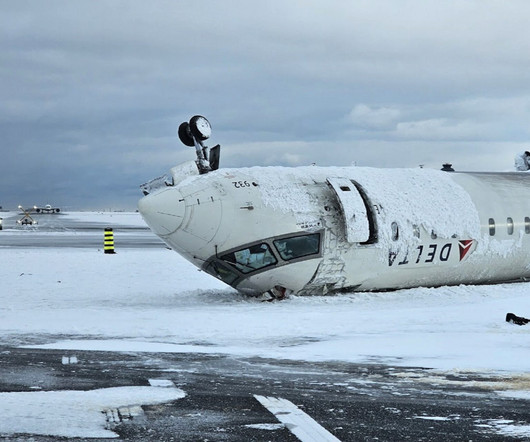
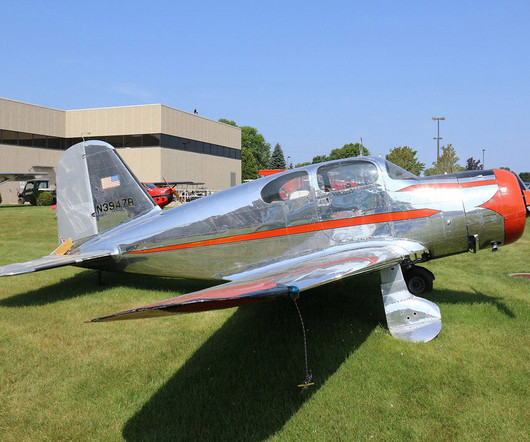
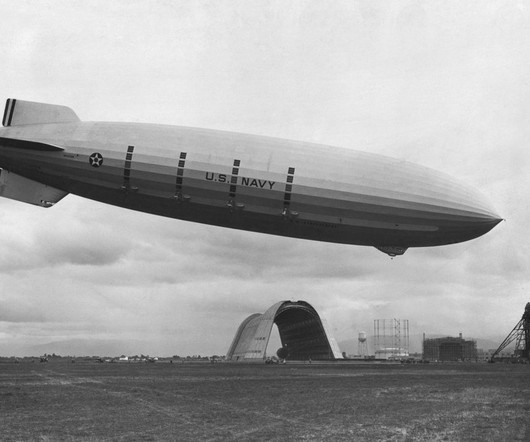
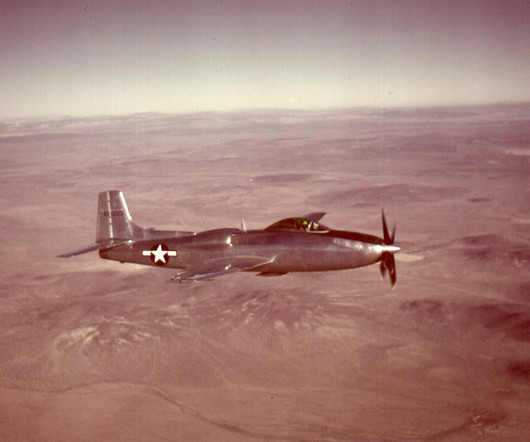
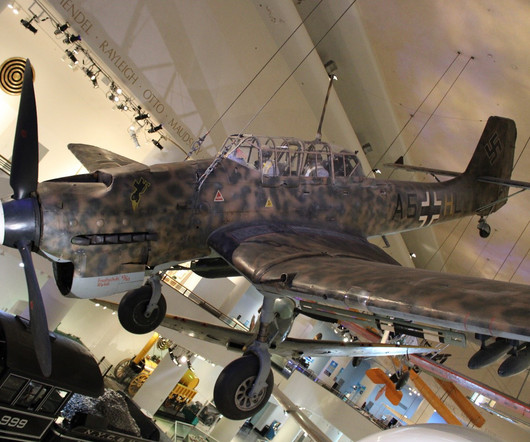

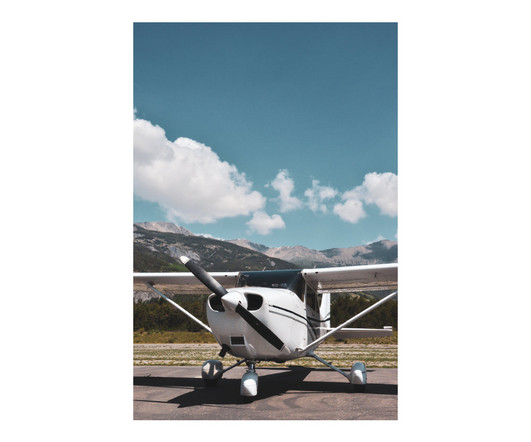
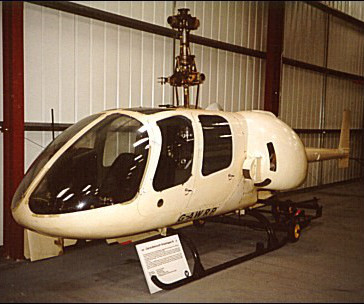
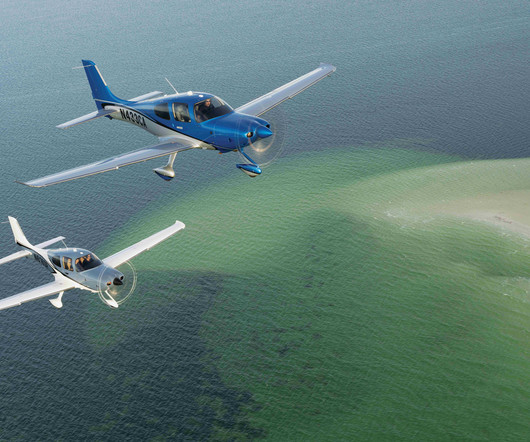
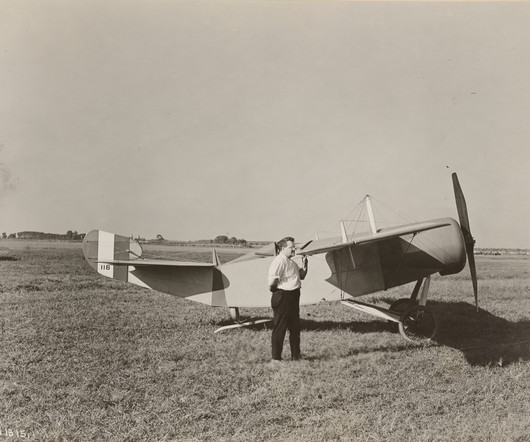


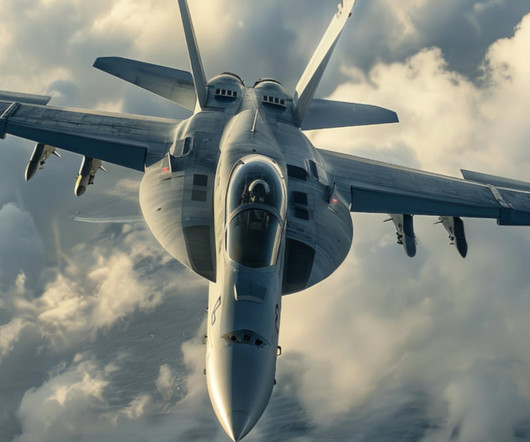

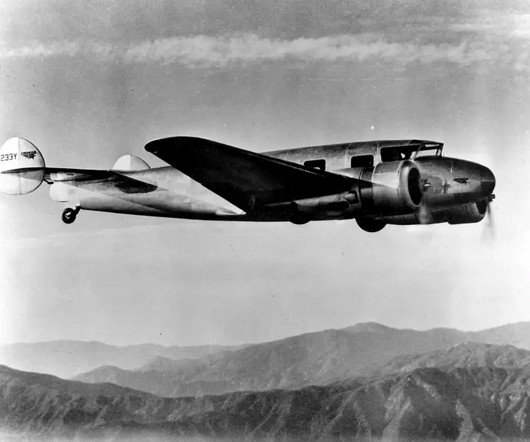

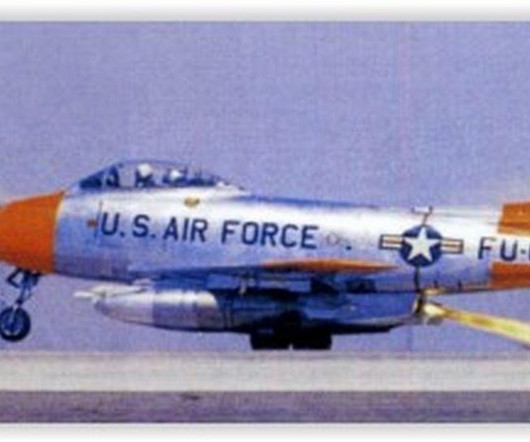






Let's personalize your content